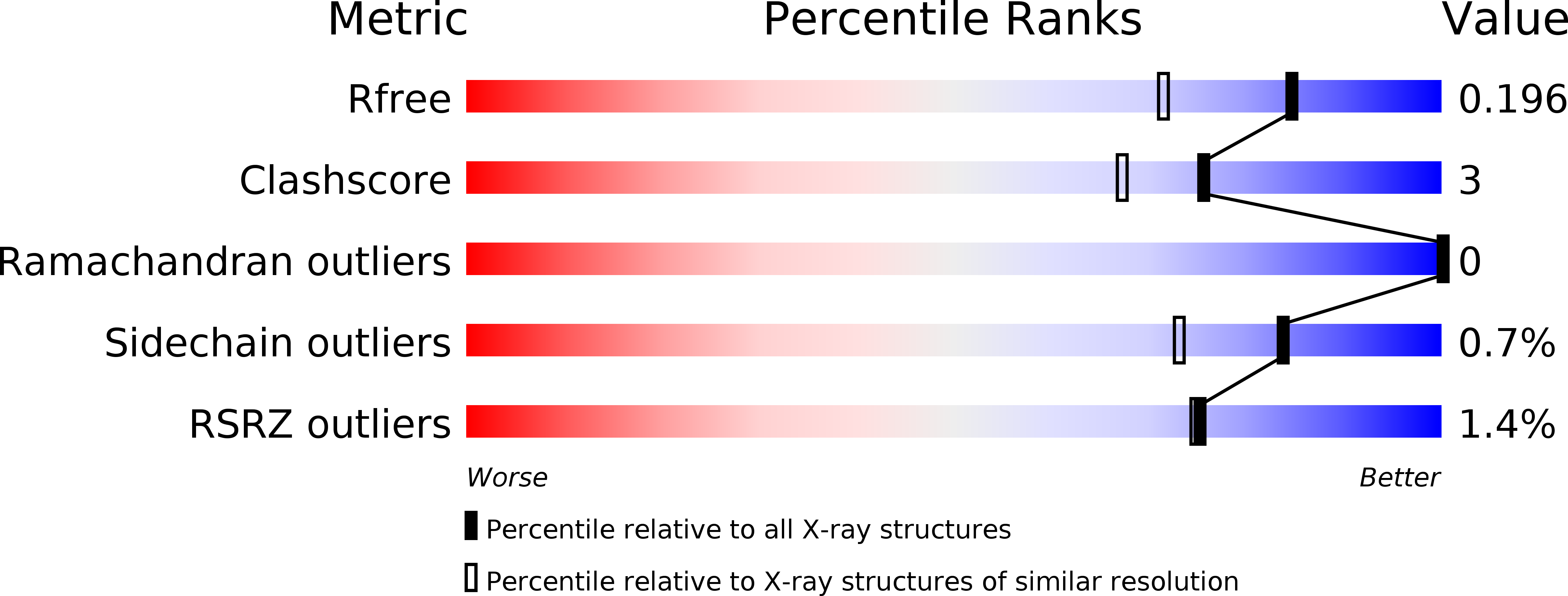
Deposition Date
2012-06-20
Release Date
2012-11-28
Last Version Date
2024-02-28
Method Details:
Experimental Method:
Resolution:
1.60 Å
R-Value Free:
0.19
R-Value Work:
0.17
R-Value Observed:
0.17
Space Group:
C 2 2 21


